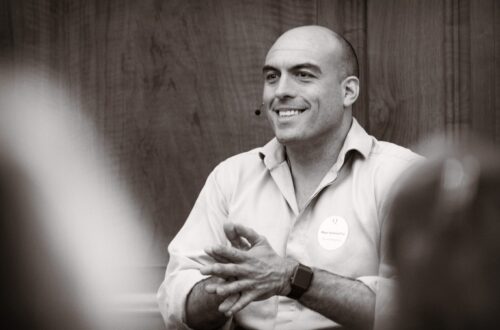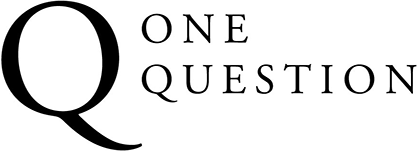What does a better business look like? Depends on your perspective. Some could say it is a business that makes more money. Others will prioritise reducing environmental impact, or sustainable development, or what good business does as a vital part of any economy. There are myriad answers to that question, and it will almost entirely depend on the worldview of the respondent.
There is one theme that links every possible answer: what do I want my business to achieve? What is the strategic aim? Where do I want my business to get to, what should it look like, and what impact do I want it to have on the world? Whether your priority is sustainable environmentalism or pure, Wolf of Wall Street profit, making your business ‘better’ starts with the end state.
Once you have worked out your end state, you have to look at how you get there. How do you link your resources, your logistics, your people, your production and your customers so that they best work together to get where you want to go? As with any venture, you will have to lead them there.
The definition of leadership is heavily blurred and complicated by academic thought and it can be challenging to wade through. Lots of research and writing underpins all the leadership doctrine taught by my profession, the Army. The best definition of leadership, though, is Field Marshal Slim’s: “leadership is just plain you”. A simple phrase, but with endless definitions. It’s not the definition of leadership that should change to be better: it’s you.
It’s about setting an ethos. Five or six punchy ethical statements that set out your vision of how your business operates. The Army has values: Courage, Discipline, Respect for Others, Integrity, Loyalty, and Selfless Commitment. One could debate all day whether these transfer easily to business, but that is not the point. What matters is that there is a bold statement of intent and the standards that are expected from every employee. Our Generals set our strategic vision of where they want the Army to be and give each component part of the Army missions to achieve that end state, but the way the Army gets there is by each employee living up to the ethos the Army has set for them.

But how do leaders turn their business ethos into a leadership style that gets their business to the end state they want to achieve? It can be broken down into Vision, Support and Challenge.
Vision. If you have set an ethos, as a leader, you have to live it. You have to lead by example, encourage confidence in your team, and strive for team goals. It is not enough to put slogans on walls: you have to know your people and have your people know you. Walk the floors. Take an interest. Care. When you know your people, you can support them – both professionally and privately. How much harder is Mr or Mrs Smith going to work for you if, when you find out their child is sick, take the time to ask how they are? Or give them a day off to help ease the family strain? It will only cost you a day, but the price you have paid will be repaid in loyalty and productivity. Showing that you live your ethos and believe in your vision will encourage trust in you, and in the end state, you are trying to achieve to make your business better. That way, your team will embrace your team goals and help you get there.
Support. When you know your people, you can trust them. When you trust people, they will trust you in return. Give your teams the freedom to make mistakes and learn from them: that is how teams grow together and improve. Recognise the individual strengths and weaknesses in your teams; invest time in your people to help them build on their strengths and improve their weaknesses in a positive, developmental way. An end state isn’t enough: you need a road map with waypoints to get there. Reward people when they help you take steps on that road. Discipline is needed too, but a positive leadership approach needs the carrot as much, if not more, than the stick.
Challenge. Good leadership is never scared to push people. Sometimes a push is more effective than a pull: a leader puts his team in front of themself and pushes them along, rather than trying to drag a team after them. Have high-performance expectations and communicate them to teams. This is intrinsically linked to supporting them: invest in training and development and help them achieve the standards you set.
The final part of the definition of good leadership is in encouraging your teams to think for themselves. The Army’s saying is that “good ideas have no rank”. A leader is not always the best brain in the room and should have the confidence to listen to feedback and ideas from their teams. Encourage ideas; debate them openly and embrace criticism as a learning opportunity. Value diversity of thought. Once a good idea has been scrutinised and developed to maturity, embrace the change that comes from it and make it part of your vision.
Everyone has their own idea of what will make their business better, and what “better” looks like, but everyone has their own way of getting there. The definition of leadership does not need to change; it is leadership behaviours that do. Leaders are not perfect and can always improve. Self-reflection is vital. One thing is clear; if you give your teams a vision; live your own ethos; and know, trust, challenge and invest in your people; you will be a better leader and your business will be better for it.
Major Andrew Fox, Para Regiment, British Army.

